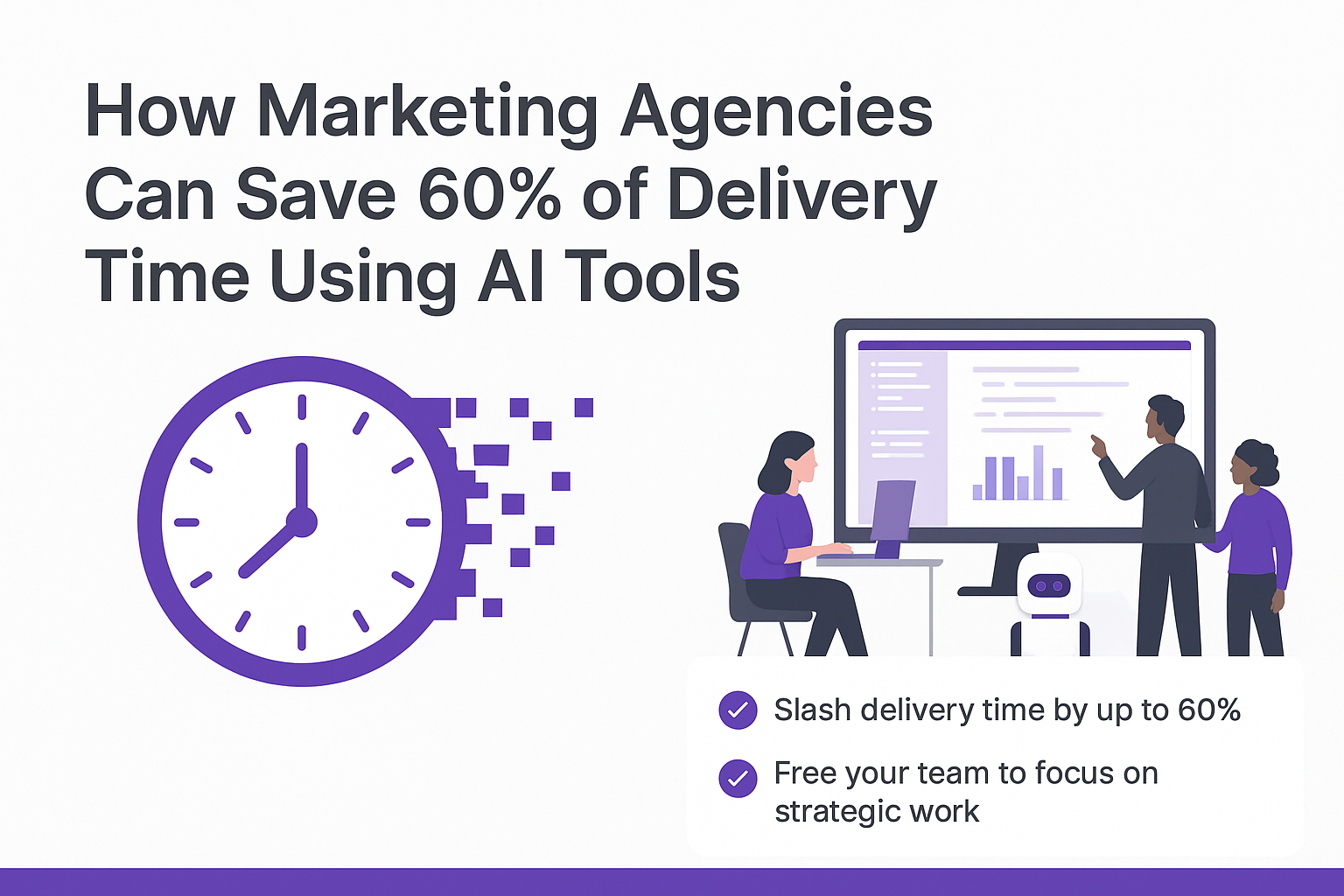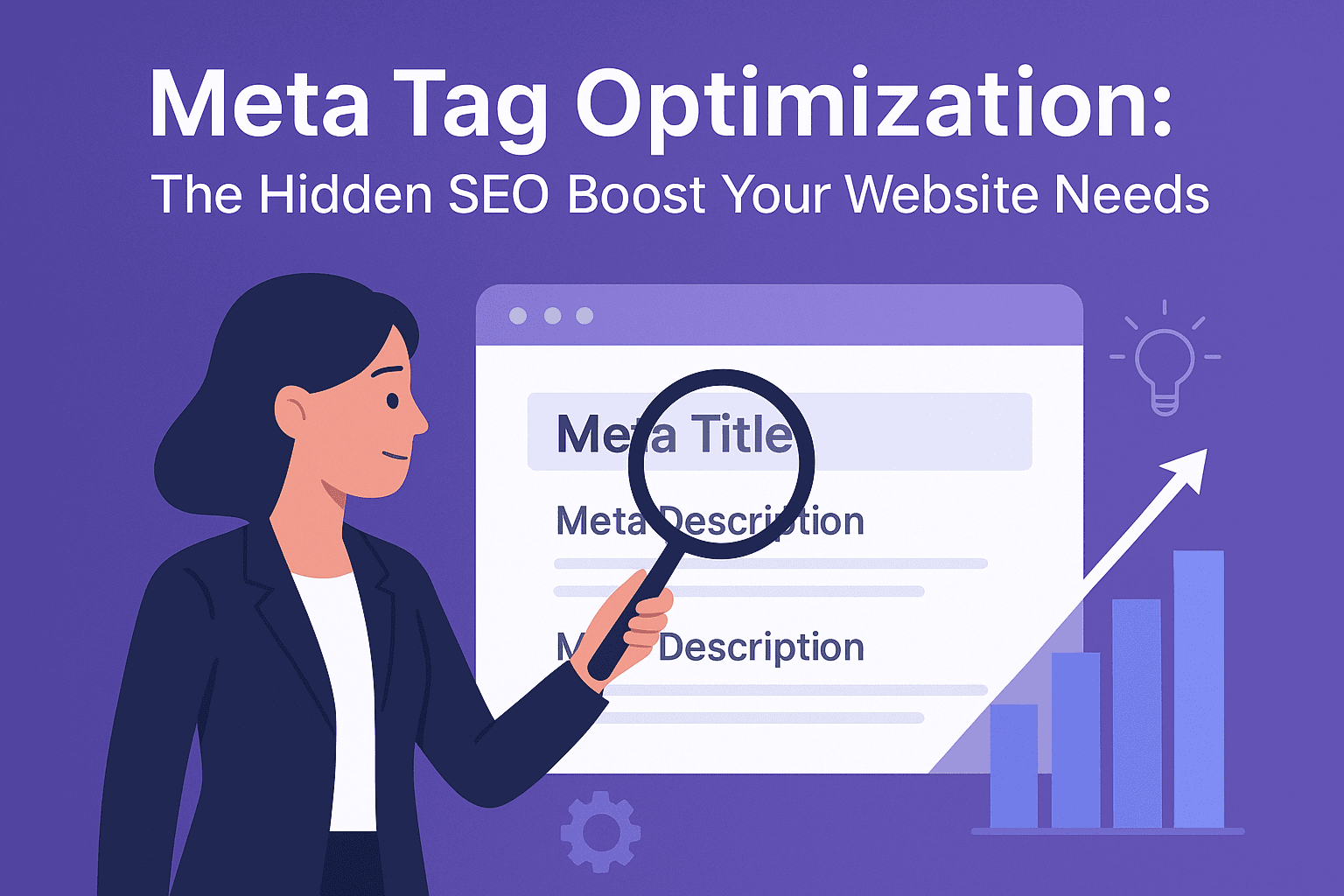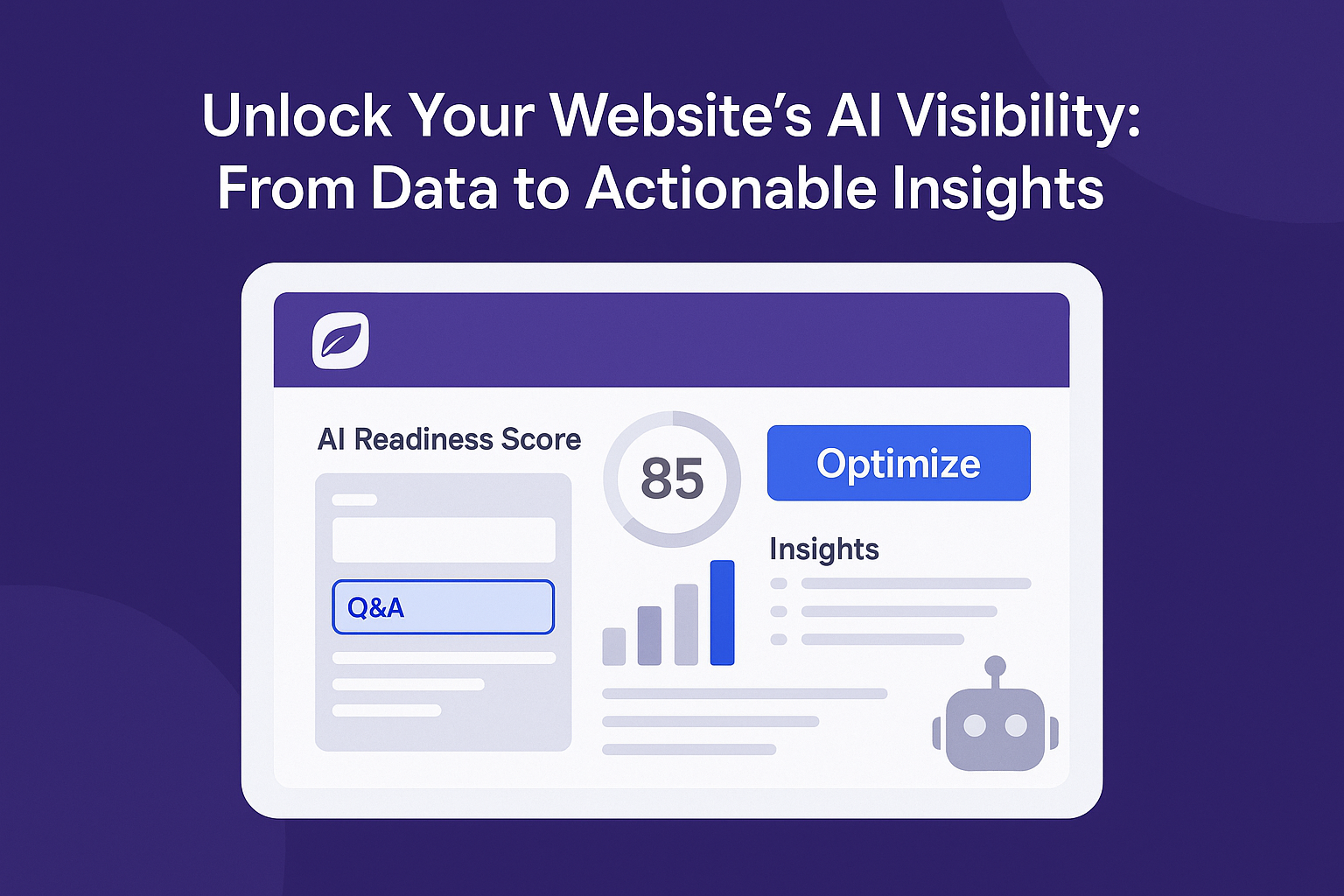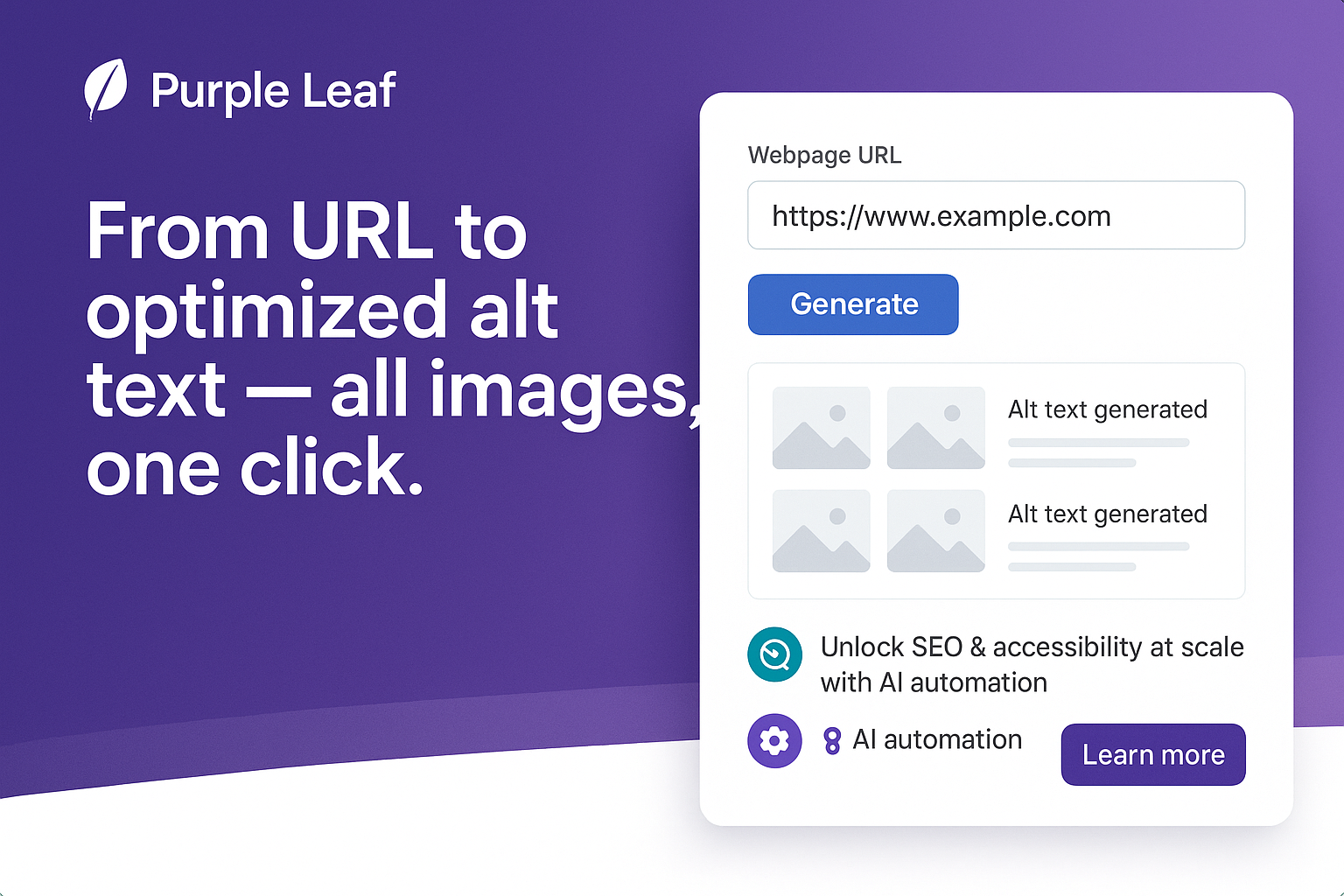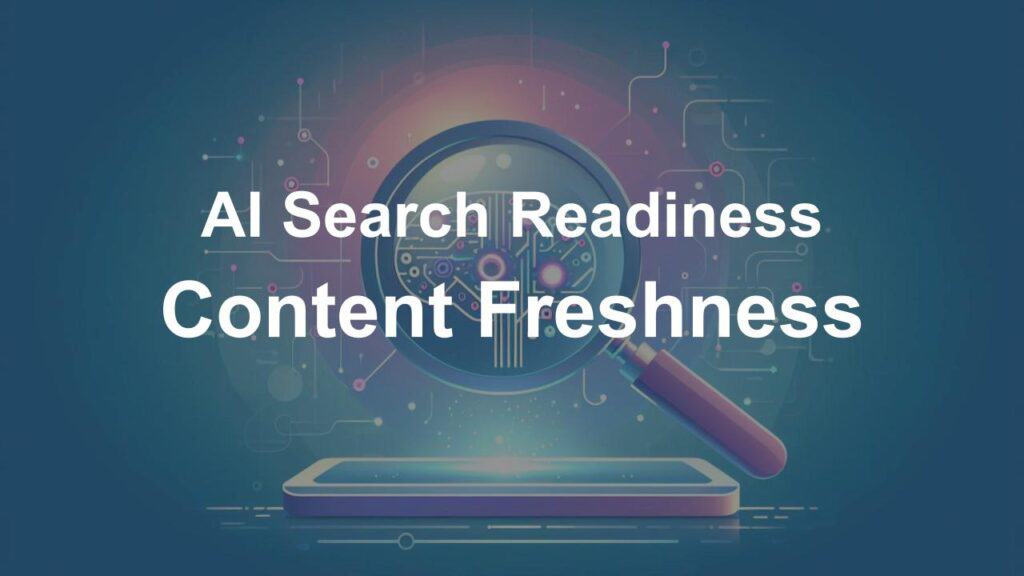
Stale Content is Like Leftovers
Have you ever searched for something online and clicked through a few links, only to find they all say the exact same thing? It feels like you’re eating reheated leftovers—nothing new, nothing exciting. That’s what happens when content loses its freshness.
For readers, it’s boring. For search engines and AI models, it’s a red flag. Just like we discussed in our earlier post on Structured Data—where context helps your content stand out—freshness is another critical signal. Without it, even authoritative pages risk being skipped over. Freshness isn’t just a nice-to-have anymore; it’s a deciding factor in whether your content gets surfaced—or ignored.
What Exactly Is Content Freshness?
Think of it this way: freshness is about showing that your content is alive and up to date. It’s not about publishing a new blog every day. Instead, it’s about keeping your existing pages relevant by adding new information, updating old examples, and signaling that your content is current.
Search engines and AI systems look for visible recency signals like:
- Publication or “last updated” dates.
- Recently added data or examples.
- References to new studies, events, or trends.
Without those, even a high-quality page can get passed over.
Why Freshness Matters for SEO and AI
Search engines give fresher content an edge for time-sensitive queries—like news, product comparisons, or trending topics. Nobody wants to read a 2019 “best smartphones” article in 2025.
AI systems take this even further. When generating answers, tools like Google’s AI Overviews or Perplexity tend to pull from pages that show signs of being updated and trustworthy. Outdated content, no matter how authoritative, risks being ignored.
Content That Benefits Most From Freshness
While all content can benefit from a little TLC, some types rely heavily on freshness:
- News & trending updates → Breaking stories, timely coverage.
- Product reviews & comparisons → Tech, fashion, tools, or apps change constantly.
- Research-based content → Stats, reports, and studies age fast.
- Industry insights → Readers want to know what’s happening now, not last year.
How to Keep Your Content Fresh
Refreshing your content doesn’t have to be overwhelming. A few smart tweaks go a long way:
- Update stats, links, and references regularly.
- Add a visible “last updated” date on key pages.
- Revise meta titles and descriptions to match current search intent.
- Revisit top-performing blogs to keep them accurate and detailed.
- Add new FAQs, images, or examples to show activity.
Common Mistakes to Avoid
- Date-only refreshes → Changing the date without real updates won’t fool AI.
- Adding fluff → Readers and crawlers want value, not filler.
- Forgetting evergreen pages → Even timeless topics need occasional polishing.
Wrapping Up: Stay Fresh, Stay Relevant
Content freshness isn’t about churning out endless new blogs—it’s about keeping your content alive, useful, and relevant. Fresh pages win twice: readers find value, and AI systems are more likely to cite you in answers.
And if you’re looking for a way to stay ahead, the AI Readiness tool from Purple Leaf can help. It not only structures your content for AI visibility but also keeps freshness signals front and center—so your brand stands out in both traditional search and AI-powered results.
